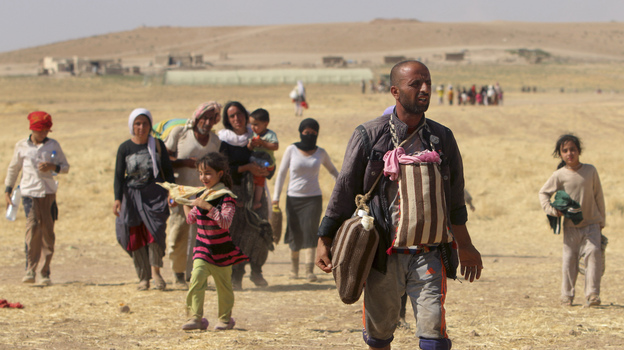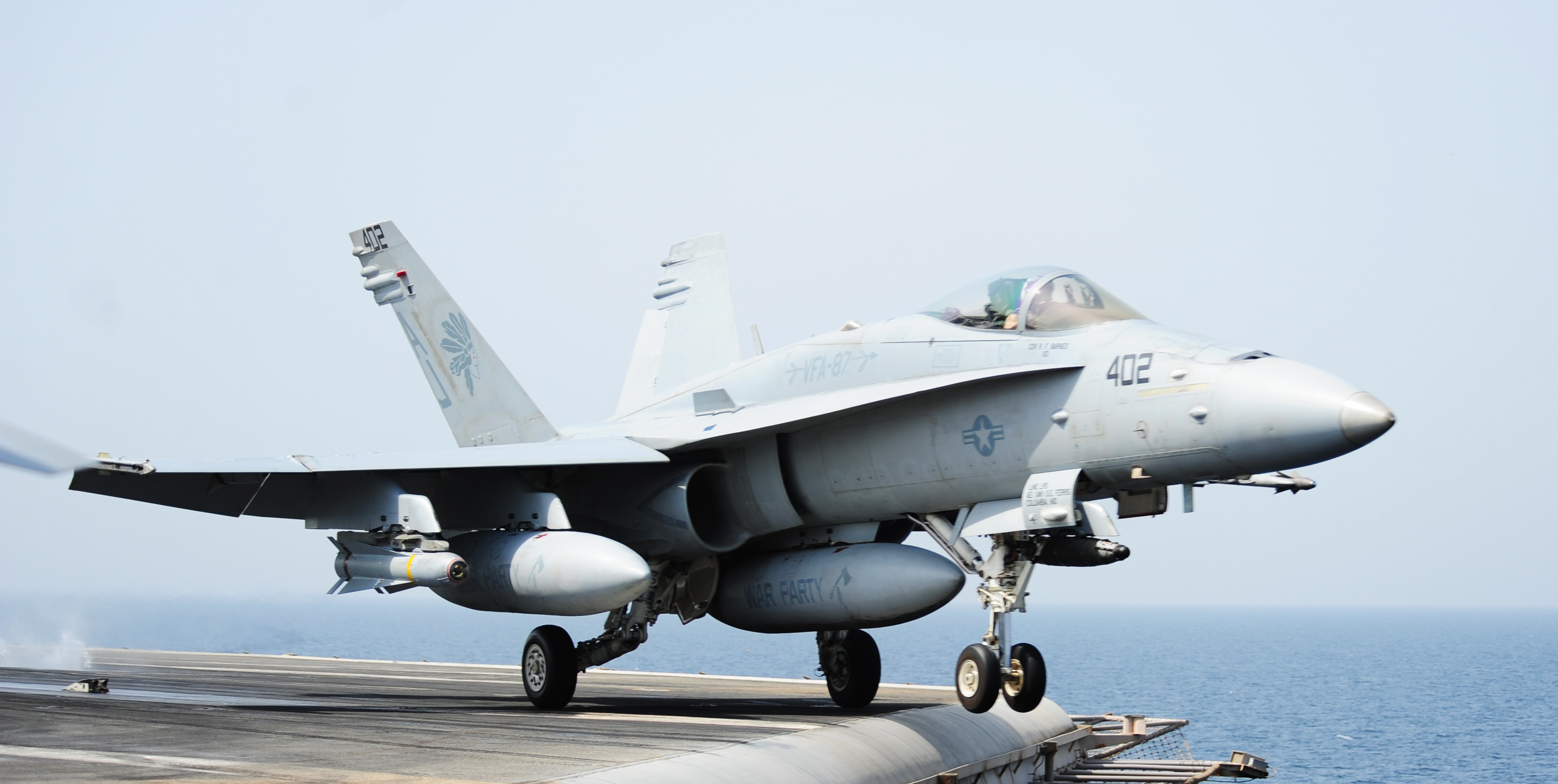
The Pentagon on Thursday vehemently defended its initial assessment of the humanitarian crisis in northern Iraq, despite new reports the amount of Iraqi civilians trapped on the Sinjar mountain range was closer to 4,000 — not 40,000.
Several news agencies reported that as many as 40,000 Iraqi Yazidis were in danger of being captured or killed by Iraq and Syria Islamic State (ISIS or ISIL), as the al Qaeda offshoot continued to sweep through Iraq.
The sheer volume of potential civilian deaths at the hands of ISIS stoked fears of genocide in Washington and the international community, prompting the Obama administration to order military action against the group’s positions near the mountain late last week.
U.S. fighters and armed unmanned aerial vehicles (UAVs) conducted roughly 25 airstrikes in and around the Sinjar range, clearing the way for Kurdish forces in the region to escort the besieged Yazidis to safe havens in the country, Pentagon spokesman Rear Adm. John Kirby said Thursday.
In a speech Thursday, Obama claimed the targeted air campaign in Mt. Sinjar had been a success, and tamped down speculation that an American-led rescue mission would be needed.
View Sinjar Mountains in a larger map
“We broke the [ISIS] siege of Mt. Sinjar, we helped vulnerable people reach safety and we helped save many innocent lives,” according to the president.
“Because of these efforts, we do not expect there to be an additional operation to evacuate people off the mountain,” he added.
However, a recent threat assessment by U.S. personnel on the ground near the Sinjar range concluded the number of Yazidis in danger was well below initial American estimates.
Those new assessments, according to Kirby, now claim only 4,000 to 5,000 Iraqi Yazidis remain at Mt. Sinjar, after the U.S.-backed Kurdish evacuation mission.
Kirby noted the Pentagon never acknowledged the 40,000 civilians on Sinjar, but noted the administration’s initial high estimates of civilian casualties “were accurate at the time.”
“We believe the risk of genocide was real” and the administration’s call to conduct airstrikes was the right one, Kirby said.
To that end, Kirby blamed shortfalls in U.S. intelligence and surveillance flights, carried out prior to the airstrikes, for the initially high civilian count on Mt. Sinjar.
Intelligence, surveillance and reconnaissance operations are “an imperfect science,” Kirby said, claiming it was extremely difficult to gain a “nose count” on the number of Yazidi civilians with any kind of fidelity.

Once American assessment teams were on the ground in Sinjar, only then did the actual number of civilians in danger became clear, according to Kirby. “We made the best estimates we could . . . [but] there is no substitute to getting eyes on” the situation, he added.
That said, Kirby said the Pentagon “would rather be wrong in the end” on overestimating the civilian casualty threat. “That’s a pretty good thing to be wrong about,” he added.
But news of the lower civilian estimates, and the White House’s decision to back off plans for a U.S. ground evacuation mission, come after Obama administration faced harsh criticism for taking military action in Iraq.
Critics in Congress and elsewhere claimed the U.S. operations in Mt. Sinjar could draw American forces back into a full-scale conflict in Iraq, nearly three years after Obama officially ended the war there.
On Thursday, Kirby reiterated the administration’s stance the U.S. would not restart combat operations in Iraq, in the face of ISIS’s advance in the country.
However, he did note “the threat that [ISIS] poses is not over” and the Obama administration has yet to put a specific timetable for the end of the U.S. mission there.
Kirby would not speculate on what future missions U.S. forces may undertake in Iraq, adding that American assessment teams in country were still providing options to the Pentagon and White House.
But American military leaders are “not taking our eye off the ball” in Iraq, Kirby said, adding the country “remains dangerous and our mission over there is not over.”





